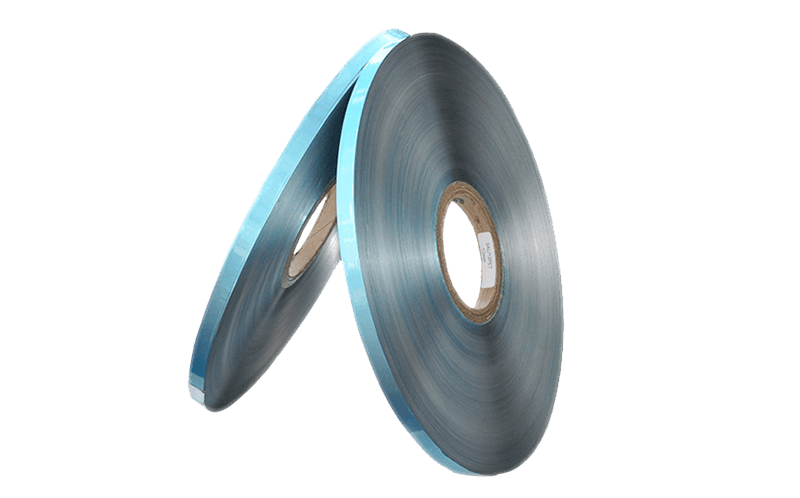In the wire and cable world, there are always cable ins […]
In the wire and cable world, there are always cable insulation material new innovations and different types of alternatives, each of which helps different wiring products fulfill specific roles. One of the most important pieces of an electrical product today is the type of insulation, also known as an electrical insulator.Having strong chemical resistance, Neoprene is typically used for Military, Mining, Power and Oil industries. Neoprene is a strong choice for more difficult harsh applications, as its electrical conductivity does not compare well to other more conductive commercial application alternatives.Before diving into the wide spectrum of the different chemically formulated insulations, let’s first go over the purpose of electrical insulation. As the name suggests it’s an insulator meaning it keeps things electricity within.
Wikipedia defines it as "a material whose internal electric charges do not flow freely or have very little electric current flow through it under the influence of an electric field .There's a considerable number of wiring insulations, which range from almost identical chemical compounds to being completely different. Many of these similar constructions are basically the same, but certain manufacturers have slightly changed some aspect, as it allows them to trademark the material. This makes it increasingly difficult to cover a significant amount of very similar compounds. Therefore, the most efficient way to breakdown these insulations is by their basic and most popular compound constructions.PVC is the third most-produced plastic polymer. PVC is flexible, rigid and relatively easy to use, while being one of the most cost-effective choices.
The normal temperature range is -55°C to 105°C and used in applications ranging from medical, food, commercial and many household applications. Combining PVC with other plasticizers gives the cable additional flexibility and strength, which enables it to be very versatile in difficult application settings.The most produced plastic in the world because of its versatility in applications and the price that accompanies it. Being a part of the thermoplastic family, PE can continuously be heated and remoulded into any shape. Having a low dielectric & low captaincies’ PE insulation is applicable for a wide range of applications while being resistant to acids, solvent, water and alkalis.PUR is a polymer that has organic units banded together by carbonate.
Being very flexible and tough at low temperatures, PUR isn’t typically used because of its weak electrical properties and its flammability but is still a strong choice with its outer jacket protection.Nylon has exceptional cut-through, chemical and abrasion resistance. Nylon is also extremely flexible and typically extruded over softer insulating material. Nylon is a strong alternative for its applications but has weaker moisture penetration, which lowers its overall electrical properties.TPR is also referred to as thermoplastic Elastomer or TPE. A strong combination of rubber and other plasticizers, this insulation alternative has effective heat, weather and age resistance. Being a very versatile insulation TPR is a strong choice for harsh, demanding environments.



